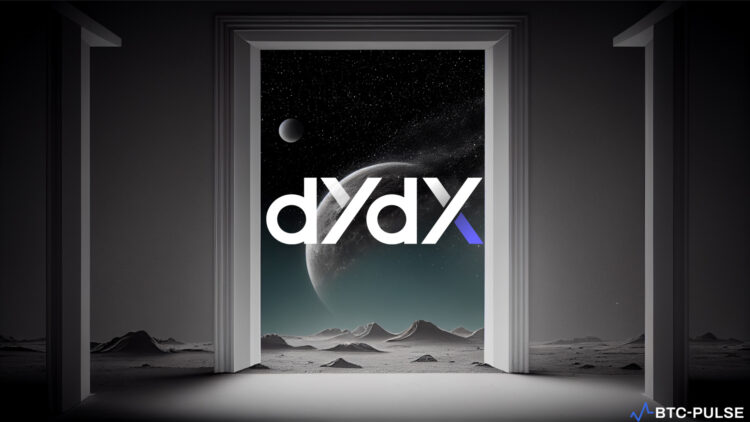dYdX v4 Chain, a leading decentralized exchange, is combatting the issue of Miner Extractable Value (MEV), which refers to the profit validators can make by reordering or censoring transactions to their advantage. This can have a negative impact on users and pricing. To address this issue, dYdX v4 Chain has implemented a unique approach.
v4 and MEV
The dYdX v4 chain uses an in-memory orderbook where only filled orders are committed to consensus. While this allows for zero gas fees, low latency, high throughput, and deep liquidity, it also opens the door to MEV extraction through novel and established vectors. dYdX is proactively addressing this issue, and plans to release more specific posts detailing what they are building to address MEV soon.
Ethereum vs App-chains
In the Ethereum ecosystem, a neutral approach is taken towards MEV, and a Proposer-Builder Separation (PBS) approach is used to auction off the block space. While this approach mitigates the centralization risks of MEV, it still hurts average users. In contrast, the Cosmos ecosystem, particularly Osmosis, has taken a more opinionated stance towards MEV and aims to mitigate any harmful MEV while capturing any benign MEV it generates. This is an example of the additional vectors app-chains can take towards addressing MEV. dYdX is actively researching both existing and novel mitigations that are uniquely enabled by being a sovereign chain.
Our Choice to Prioritize User Experience
dYdX’s goal is to offer the best product experience on the dYdX v4 chain. The decision to use the Cosmos infrastructure enables dYdX to create a fully decentralized exchange while maintaining high performance. This also allows dYdX to build unique MEV solutions into the dYdX v4 chain. It enables flexibility in orchestrating how blocks are constructed and what MEV looks like on the chain, which can all be built into the protocol code itself. This properly aligns the incentives of a validator and the user of dYdX through an on-chain solution. This differs from general-purpose smart contract environments where validators are neutral towards the needs of application users.
Conclusion
dYdX’s approach to MEV is a unique one that prioritizes user experience while proactively addressing the issue of MEV extraction. They view MEV behavior as detrimental to both the protocol and community, and expect the community to take steps to disincentivize and punish bad actors. As part of this effort, dYdX has been working closely with MEV experts to develop mitigation strategies for the dYdX v4 chain. With the release of more details in the coming months leading up to the Mainnet launch, dYdX is well on its way to creating a more secure and efficient DeFi ecosystem.










